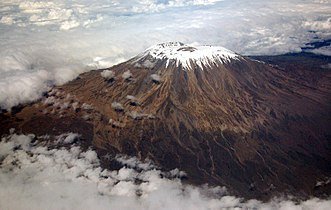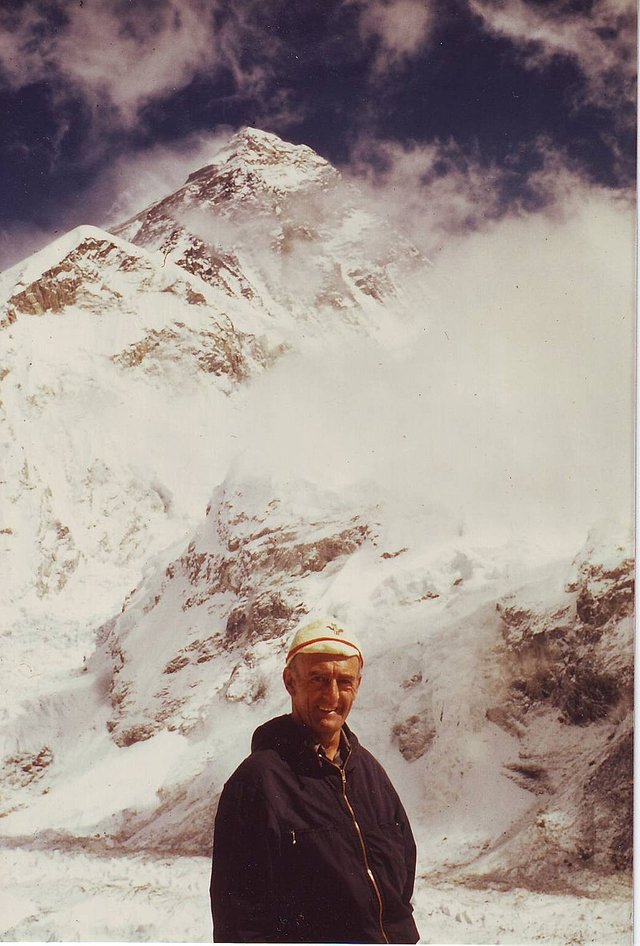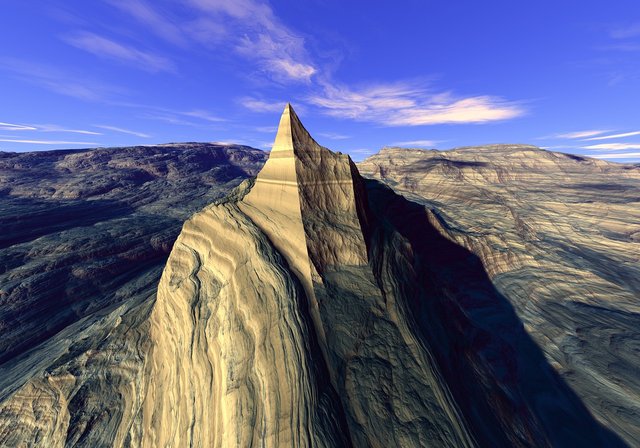Altitude sickness | space flight (research oriented)
The notable mountain ranges in the world are the Himalayas mountain system in Asia on the northern edge of Indian subcontinent, the Andes mountain on the western pacific coast of South America and in Africa continent , the Kilimanjaro mountain , northeast of Tanzania , close to the border with Kenya.
This mountain system have peaks ranging from 5.895km (19,340 ft) at Kabo in Kilimanjaro .
and then to the highest mountain peak in the world which is mount Everest ( of Himalayas mountain system )8.86km ( 29,000 ft ).In these mountain systems , natives generally inhabit the lower regions of the mountains ( e.g the Masai tribe live in the lower parts of the Kilimanjaro mountain ).
While Andes mountains 6.775km (22,230 ft) in Peru .The highest permanent inhabitants are the miners (Andes group) in Chile at an altitude of 5.39km (18,000 ft ). They work at even higher altitude of about 5.79km. Apart from being a permanent residence on mountain there are many other ways by which people attain high altitudes such as mountain climbing , or more frequently , by sudden flight in commercial aircrafts which cruise at altitudes of about 10km (between 30,000 and 40, 000 ft ).The supersonic concorde cruise at altitudes between 15-20km(50,000-60,000ft). The Spacecrafts travel beyond the environment of the earth's atmosphere at altitudes above 350km, and finally, man has also landed on the moon.
This journey to high altitude has many physiological problems which affect body functions depending on the heights attained, and the speed of travel . These problems includes. A fall in the total blood pressure which causes progressive hypobaric hypoxia. Every ascent of 150m is associated with a fall in temperature of approximately 1°C . As we go high , there is a fall in relative humidity of air coupled with high wind velocities leads to insensible increase in water loss for mountainers.
Additional problems due to Aviation and Space flight includes. Effects of weightlessness in space on the vestibular bed , circulatory and musculoskeletal system , in addition, Gas expansion effects during rapid ascent causes decompression illness.
_The main problems of mountaineering are mountain sickness and limitation of work capacity .Acute Mountain Sickness present a sign and symptoms of hypoxia which begin at about 1500m, and are well established at about 3500m . The symptoms of this sickness includes mild headache , sleeplessness, irritability , easy fatigaubility, hyperventilation, and tachycardia._The symptoms appear right from the first day ( during the first 8 - 24 hours ) but may be delayed up to 4days . person who ascend high altitude may experience anorexia, nausea and vomiting .
The pathogenesis of acute mountain sickness is not well understood , but it is believed that hypoxia , disturbances in the volume and distribution of body fluids contributes to the symptoms. Ascent to altitudes provokes increased secretion of ADH and glucocorticoids which cause fluid retention (high altitude pulmonary eodema). It also increase secretion of catecholamines , chemoreceptore, vasoconstrictors these lead to shunting of blood away from some parts of the body which lead to its accumulation in the lungs , splanchnic bed and brain . The cause of pulmonary eodema is not clear ; but there seems to be an increase in the permiability of pulmonary capillaries. Prevention of Acute Mountain Sickness can be achieved by Avoiding too rapid ascent, Administeration of drugs such as acetazolamide and dexamethasone , and then descend to lower altitude and breathe oxygen if symptoms appear.
Conclusion
In spite of acclimatization , mountainers experience discomfort and breathlessness during excercise and their maximum attainable rate of oxygen consumption remains below to that of permanent residents . The limiting factor seems to be the rate of diffusion of oxygen across the alveolar - capillary membrane.
Thanks to all steemians espacially @surpassinggoogle,@hr1,@arcange,@eurogee,@gbenga,@steemstem,@stemng,@berniesanders for your incessant support and endorsement. I still remain your boy @steemfirt.
List of image references
image 1 CCO licensed image 2licensed image 3licensed image 4 CCO licensed
References for further study
Ezilo GC : Textbook of physiology, Oxford
University Press, New Delhi 2005
Ganong WF. Review of Medical
physiology, 23rd edition . Mc Graw
Hill, Singapore 2007
Guy AC and Hall JE : Textbook of Medical
Physiology , 10th edition, W.B.
Saunders Company, Philadelphia
Chamberlain G and Pipkin FB : Clinical
Physiology in Obsterics , 3rd edition ,
Blackwell Science , Oxford 1998.
Brobeck JR (Editor) : Best and Taylor's
Physiological Basis of Medical Practice
, 11th edition , Williams and Wilkins ,
Baltimore 1985
Berker KL et al.(Editors).Principles and practice of Endocrinology and Metabolism, J.P. Lippincott Company, Philadelphia 2007.







